Board and card games are usually seen as entertainment, but artists have long used them to explore deeper ideas about people, culture, and society. This comparison looks at five very different artworks to show how games can reflect everything from family bonding to political critique.
All five works featured in this project are part of the Art Institute of Chicago’s collection, offering a wide historical and stylistic range that made it easier to trace the evolving meanings of board and card games in art.
5 Artworks About Board & Card Games
(Click artwork titles to view source on the Art Institute of Chicago’s website.)
1. Irving Penn, After Dinner Games New York, 1947

This photograph captures the quiet aftermath of play, inviting reflection of the past.
What It Says About Board/Card Games
This piece suggests that games are more than just entertainment, they are a social activity. It’s a way for people to connect, possibly after a meal. The slightly chaotic, casual arrangement of the pieces (instead of being neatly organized) could reflect memories, the passage of time, and the imperfection of real human interactions.
How The Medium Contributes To the Meaning
Imbibition prints are known for their vivid colors. This technique gives the photographed objects a lush, almost tangible feeling, similar to a realistic painting. The medium captures the textures of the game pieces beautifully, as if preserving them for history. It highlights the significance of these objects beyond simple toys. Additionally, the choice of using a print for this subject is interesting, because it contrasts with the lively and active experience of playing a board game.
2. Du Paquier Porcelain Manufactory, Gaming Set, 1730-1740
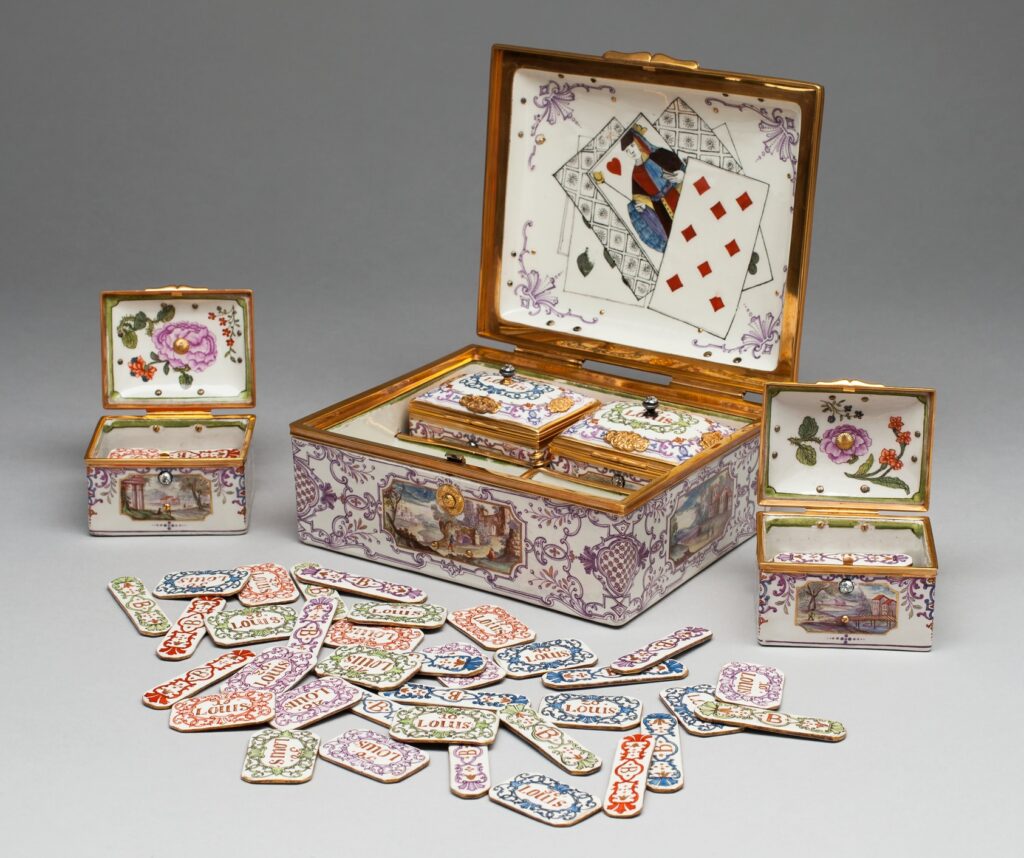
An extravagant display of craftsmanship, this set transforms a common pastime into an emblem of prestige.
What It Says About Board/Card Games
In the 18th century, games were often associated with the aristocracy and leisure classes. This highly decorated gaming set, manufactured by Du Paquier Porcelain Manufactory, shows that games were seen not only as pastimes but also as status symbols. Owning such an ornate set would communicate wealth, and social power.
How The Medium Contributes To the Meaning
Porcelain and precious materials elevate the everyday act of gaming into something almost ceremonial. The delicate nature of porcelain could symbolize how leisure and privilege themselves are fragile and easily lost.
3. Édouard Jean Vuillard, The Game of Checkers, 1899
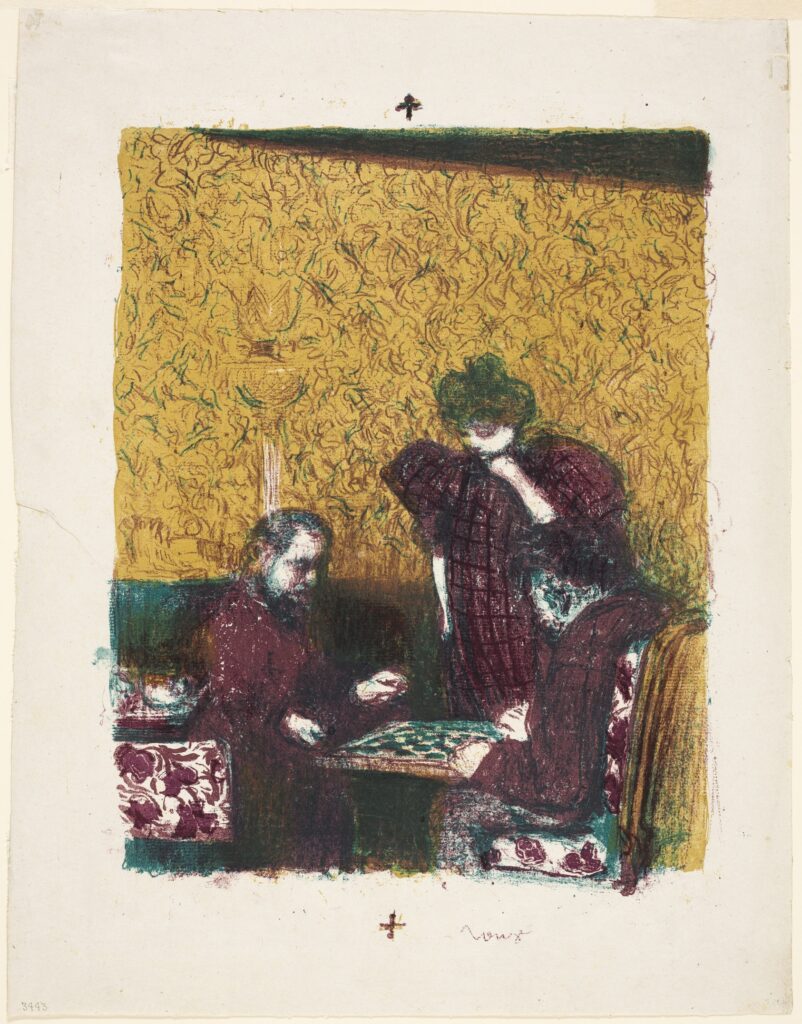
The scene draws us into an everyday ritual that feels both familiar and heartfelt.
What It Says About Board/Card Games
Vuillard captures a cozy moment of simple pleasure. Games here are portrayed as part of ordinary family life, not for show, but for connection and enjoyment. There’s a stronger focus on relationships in this piece, as the act of playing Checkers becomes a bonding ritual.
How The Medium Contributes To the Meaning
Lithography allows for a more textured, less rigid portrayal. It makes the scene feel inviting and personal rather than formal. The looser lines and muted colors communicate informality and a sense of casual warmth. Overall, the medium portrays the subject as a humble shared moment, instead of a grand event.
4. Édouard Jean Vuillard, The Artist’s Mother Playing Checkers, 1885-1895
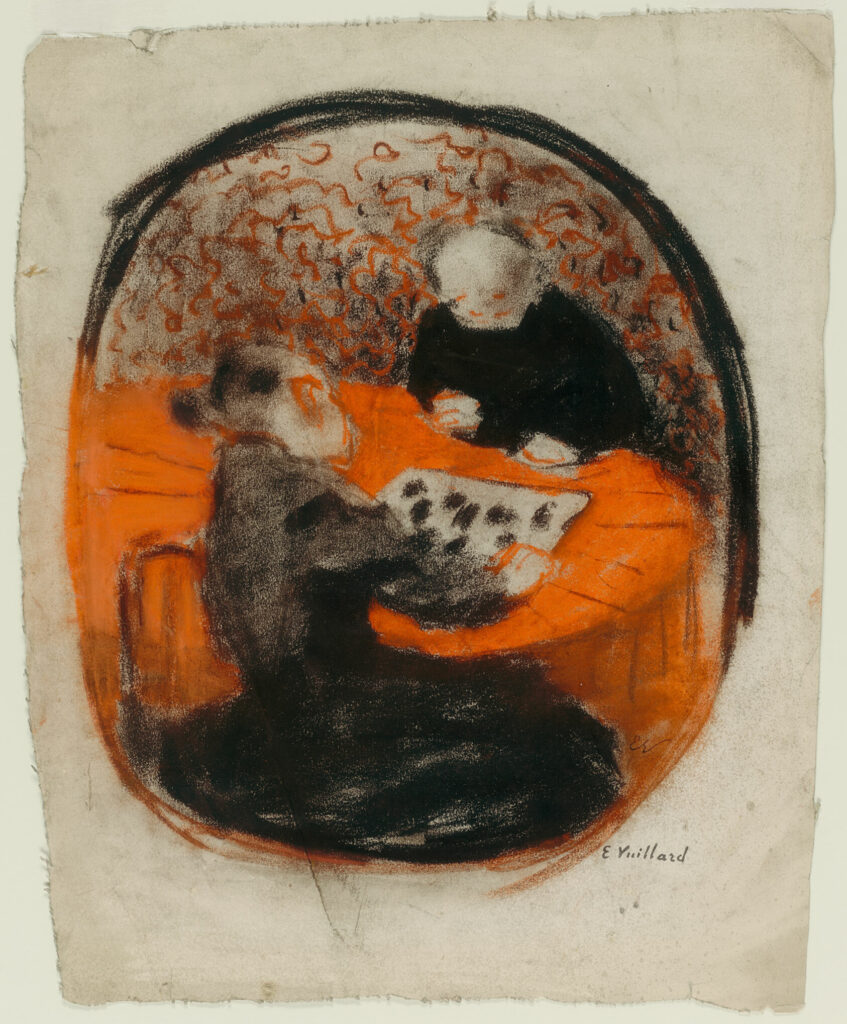
This piece captures the tenderness of a fleeting family moment.
What It Says About Board/Card Games
By depicting his own mother playing checkers, Vuillard ties games to his personal history and nostalgia. It shows how games are woven into our personal lives and family memories. The focus is not on the action of winning or losing, but on the act of being present together.
How The Medium Contributes To the Meaning
Pastels create a delicate dreamlike quality, reinforcing the sense of sentimentality and emotional warmth. Additionally, the roughness and incompleteness mirrors the fleeting nature of memories and moments shared over games.
5. George Cruikshank, Game of Chess, 1814
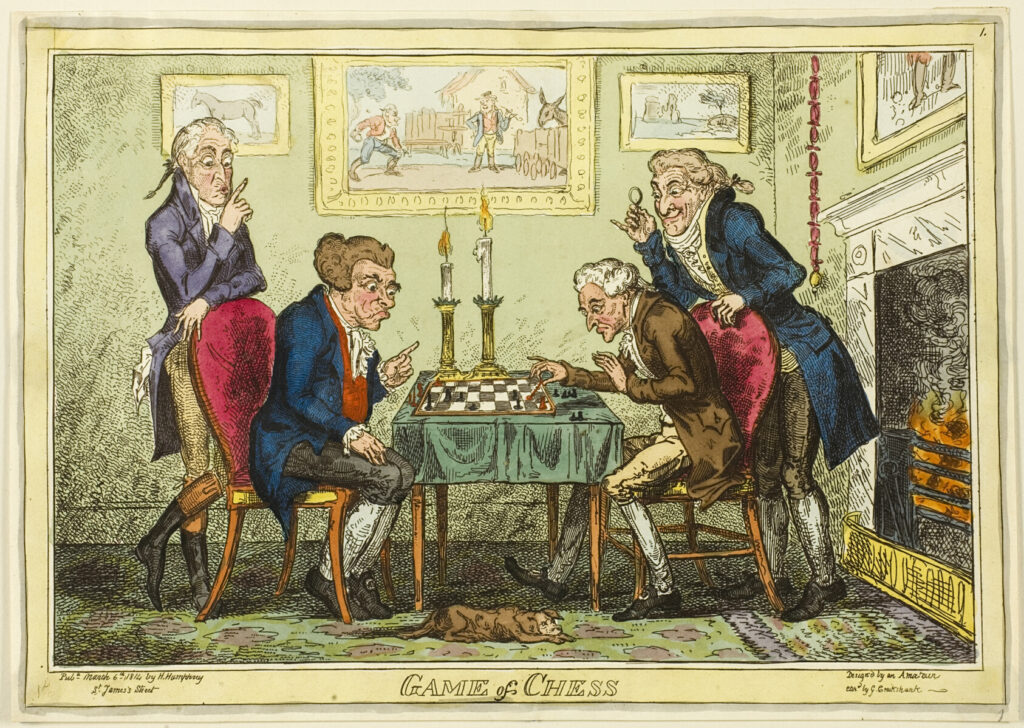
This satirical print turns a classic game into a stage for social critique and political tension.
What It Says About Board/Card Games
Chess here is used as an allegory for war, politics, or societal struggles. Here, games aren’t representing recreation, but serious human conflict. Cruikshank’s work often has a sharp social or political edge, and using chess to illustrate power plays between figures is a critique of real-world issues.
How The Medium Contributes To the Meaning
The etched lines create a crisp and defined look. This is fitting for the strategic, harsh realities being portrayed through the chess metaphor. The color emphasizes certain characters or themes, helping to direct the viewer’s interpretation of the “game” being played.
Comparison Summary
The five artworks I chose each depict games, but their appearances vary widely depending on the time period, purpose, and artistic approach. After Dinner Games by Irving Penn looks clean, modern, and realistic. The scattered arrangement of game pieces is simple but carefully composed, with high contrast and sharp detail. The Gaming Set from Du Paquier is the most ornate, with its intricate porcelain, gold, and diamond embellishments suggesting wealth and refinement. In contrast, The Game of Checkers by Vuillard has a cozy, soft look, with gentle textures and muted tones. His Artist’s Mother Playing Checkers is even sketchier and more intimate, with an almost blurred or dreamlike appearance. Finally, Game of Chess by George Cruikshank stands out for its satirical cartoon style, with busy lines, exaggerated characters, and bold color.
These visual differences are closely tied to each artist’s chosen medium. Photography in After Dinner Games captures realistic textures and lighting, emphasizing the material reality of the objects. The Du Paquier gaming set, as a three-dimensional object made from luxurious materials, is meant to be both seen and admired. It exists as a physical symbol of status. Vuillard’s lithograph allows for a loose, inviting composition, while his pastel drawing brings an even softer, more personal tone that reflects family and memory. Cruikshank’s etched lines give his print a crisp, bold look that works well for satire, allowing him to use the game of chess as a metaphor for societal critique.
Conclusion
I chose the theme of board and card games because they offer a powerful way to explore human connection. Whether used to represent family bonding, social status, political conflict, or personal memory, games are more than just entertainment. These five artworks demonstrate how the meaning of play shifts depending on context, intention, and artistic style. Together, they show how something as simple as a game can reflect the complexities of everyday life.

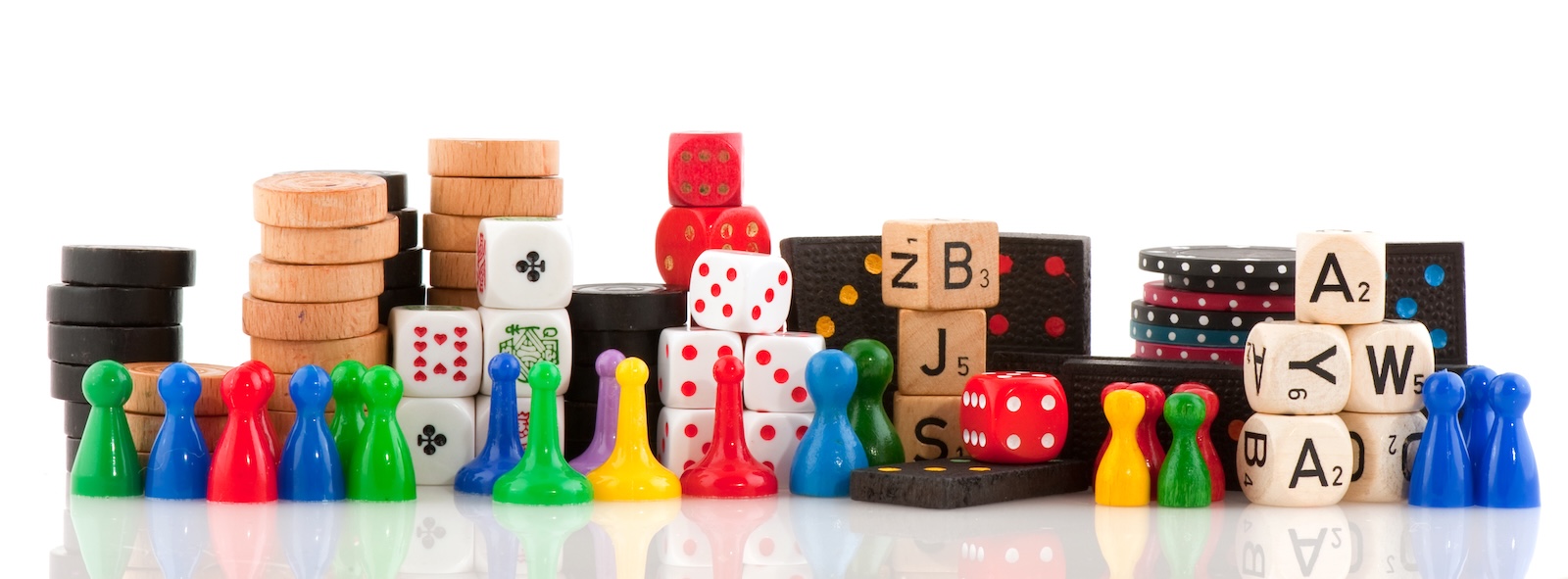
Leave a Reply